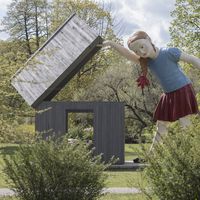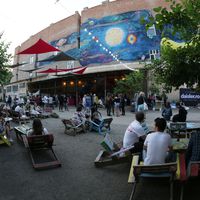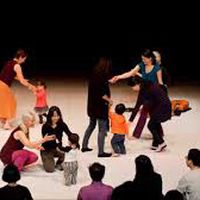#peripheries: In conversation with Snježana Abramović Milković, Artistic Director and Founder of the Dance and Non-Verbal Theatre Festival San Vincenti | Croatia
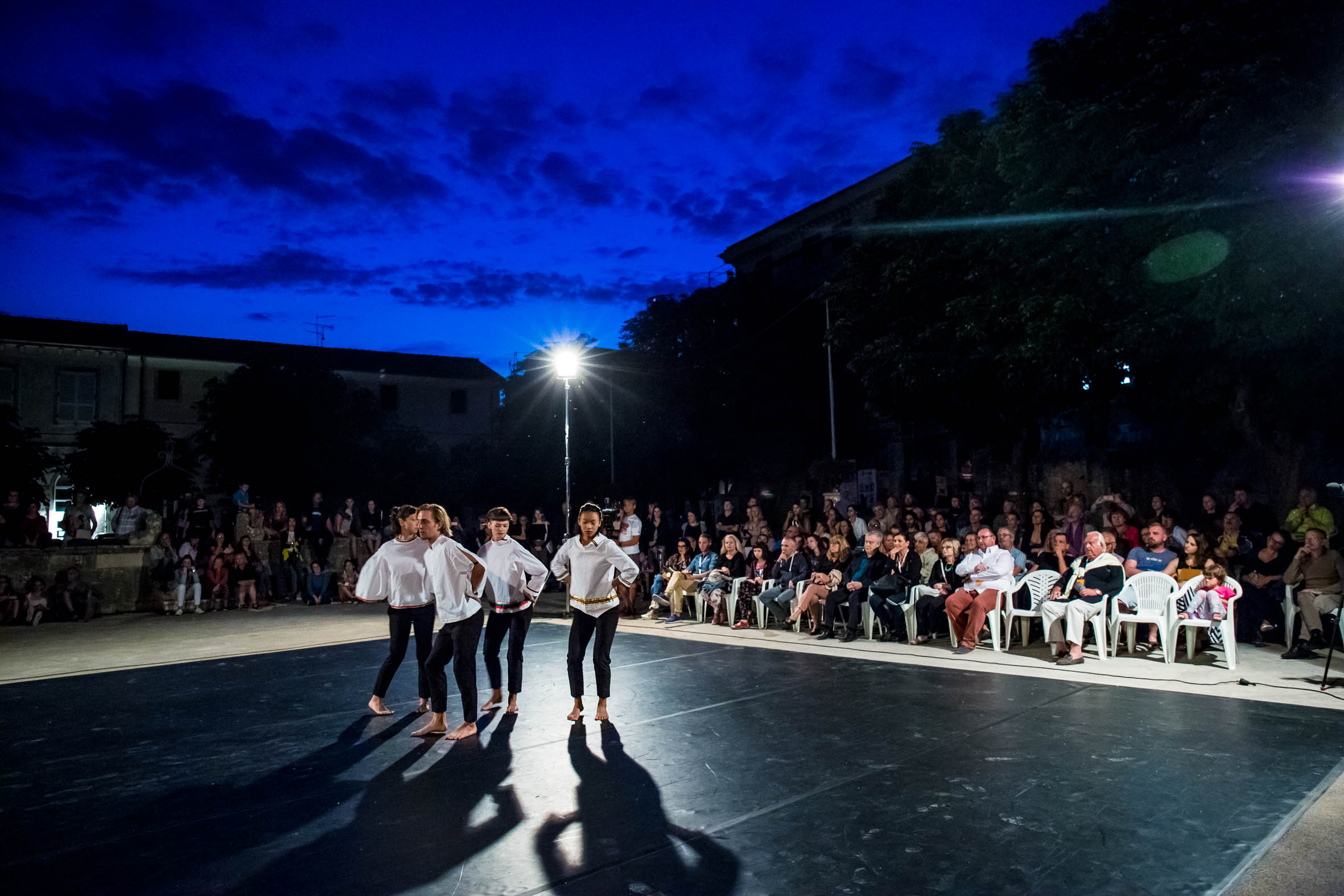
culture360.ASEF.org is featuring a new series of articles on the topic of #peripheries. The #peripheries have been regarded as being in the geographical margin, distant from the capital cities and cultural centres of countries. With an ongoing decentralisation trend, through this series of articles, we will look at various arts endeavours by artists, cultural professionals and art organisations who operate or occupy the peripheries in an urban society and the role that the arts play. In this article, Isabel Putinja interviewed Snježana Abramović Milković, the founder and artistic director of the Dance and Non-Verbal Theatre Festival San Vincenti in Croatia.
Each July, the medieval town of Svetvinčenat (San Vincenti) becomes the magical venue for the Dance and Non-Verbal Theatre Festival San Vincenti, a performing arts festival bringing international performers to this rural part of Istria, Croatia's westernmost region. The town's 13th century Grimani castle and picturesque square dominated by the 12th century church of St Vincent provides the scenic backdrops for this open-air festival that just concluded its 20th edition.
Founded in 2000, the festival showcases contemporary dance productions from Croatia and beyond, but also works of physical theatre, mime, circus performances and street art, as well as educational seminars and workshops.
Its founder and artistic director, Snježana Abramović Milković, told Isabel Putinja about the festival's creation and evolution, and the challenges of presenting an open-air event in unique performance spaces.
Isabel Putinja (IP): How is it that this small town in central Istria became the venue for this performing arts festival?
Svetvinčenat is a magical little town, and I fell in love with it the moment I saw it. The Grimani Castle is perfect for dance performances, as are the Renaissance-style loggia and town square. Contemporary performing arts presented in the backdrop of the Renaissance architecture of this town are an experience one shouldn’t miss. It was no mean feat to present technically demanding performances in the open spaces without the necessary infrastructure, but I had a marvellous team of enthusiasts who worked with me. I wanted to give dance a summer venue and to show it had its own audience.
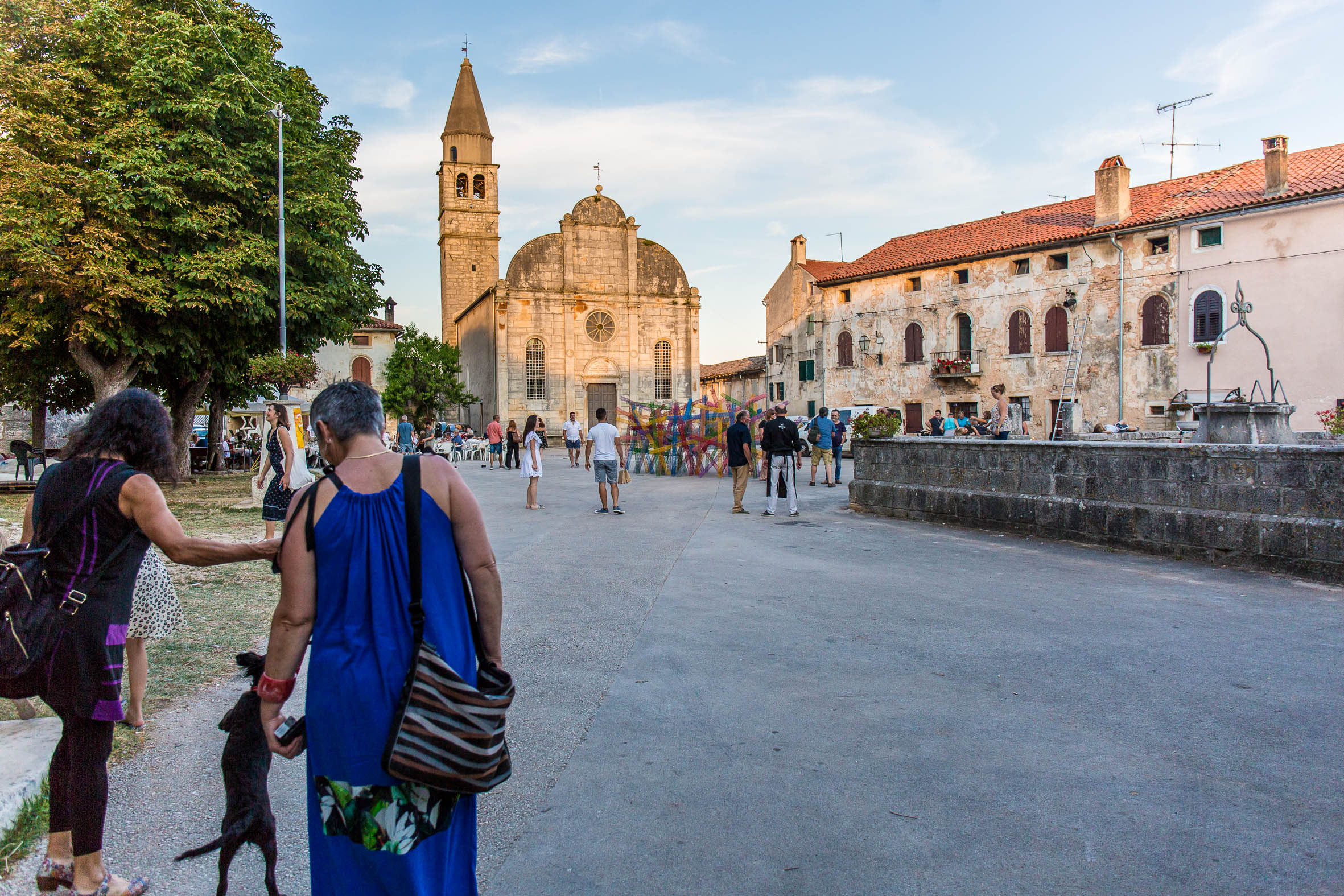
Photo of Svetvinčenat (Photo Credits: Andi Bancic)
IP: The Motovun Film Festival, another cultural festival held in inland Istria, was also established 20 years ago. Was this a coincidence or part of a decentralisation trend?
It was not a coincidence. The Istrian Region consciously worked on developing cultural tourism in the Istrian inland, and thus a film festival was born in Motovun, a dance festival in Svetvinčenat, and a music festival in Grožnjan. These cultural festivals have increased the number of tourists in these small towns. Yes, it was definitely a trend of regional decentralisation.
IP: What was the vision for the festival?
The festival was conceived as a meeting point for dance professionals and dance lovers. From the very beginning, it was programmed as a multi-genre event and that has not changed. Video installations, circus performances as well as theatre installations were equally represented along with dance. We must not forget how difficult the production of this festival of performing arts is, both technically and organisationally, but we were motivated by the prospect of having direct contact with the energy of the performers in the magical space of Svetvinčenat.
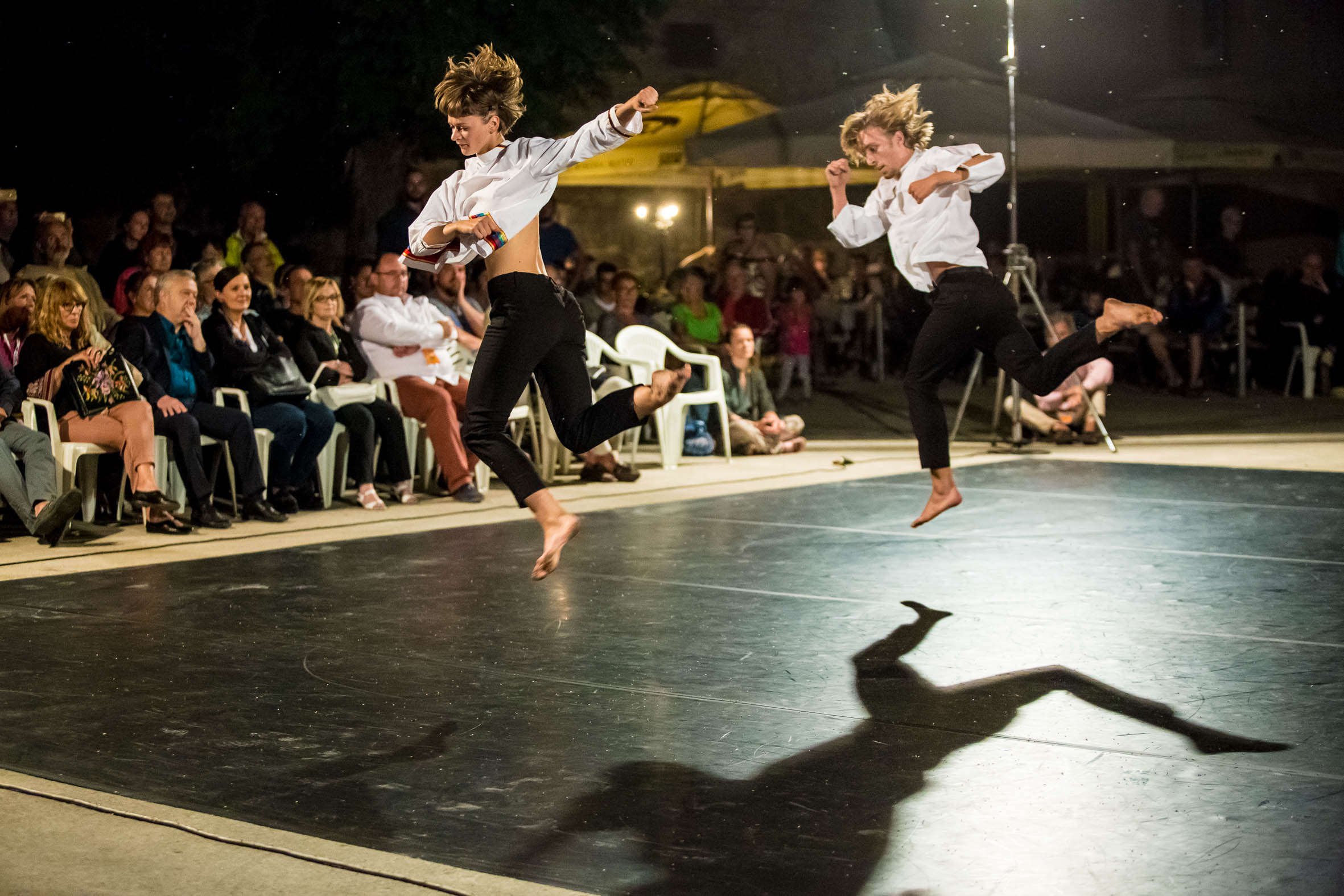
Photos from Day 1 of the 20th edition of Dance and Non-Verbal Theatre Festival San Vincenti
(Photo Credits: Andi Bancic)
IP: How has the festival evolved in the past 20 years?
The festival has evolved along with the tourist potential of Svetvinčenat, which was not that developed at the time. In the past twenty years, audiences have had the opportunity to see over 270 performances of different formats, performing genres and artistic concepts from European countries such as Belgium, Switzerland, France, Spain, Italy, Germany, Austria, and Norway, as well as from Japan, India, and Korea.
A great number of dance artists who performed at the festival were enchanted by the atmosphere of the town and gladly returned, making the festival known in international dance circles. The festival has continued to develop its potential over time, and five years ago became a presenting partner of Aerowaves, probably the most important European dance network. The Festival also spawned the Mediterranean Dance Centre, a residential and dance performance centre in Svetvinčenat, that marked a further step in our desire to promote dance.
IP: How do the performance spaces at Svetvinčenat influence the programme?
The performance spaces definitely influence the programme, because artists have to be willing to adapt their shows if necessary and to take into consideration the technical limitations of an open-air festival. The programme has to be selected very carefully, so that the performance space would work in favour of the performance, not against it. Different choreographic and aesthetic approaches give each edition of the festival its own dynamics.

Photos from Day 4 of the 20th edition of Dance and Non-Verbal Theatre Festival San Vincenti
(Photo Credits: Andi Bancic)
IP: How did you manage to create an audience for contemporary dance in this small interior town?
Our audience is made up of local citizens, spectators who come every year from Zagreb, Rijeka, Pula, Poreč, and an increasing number of foreign tourists who are interested in cultural and artistic events. Since dance has no language barrier, it attracts an international audience as well.
Contemporary dance is underrepresented in the programmes of summer festivals in Croatia, and our festival brings dance lovers to Svetvinčenat, the small town that has become the synonym for contemporary dance in Croatia.
IP: How is the local community involved?
The citizens of Svetvinčenat have “breathed” with the festival from the very beginning. They helped in its organisation and supported it as members of the audience. Since the creation of the Mediterranean Dance Centre, the local community has been further involved through workshops for children and young people that are held throughout the year. It is an excellent base for audience development, and dance education for children is an important contribution to the local community.
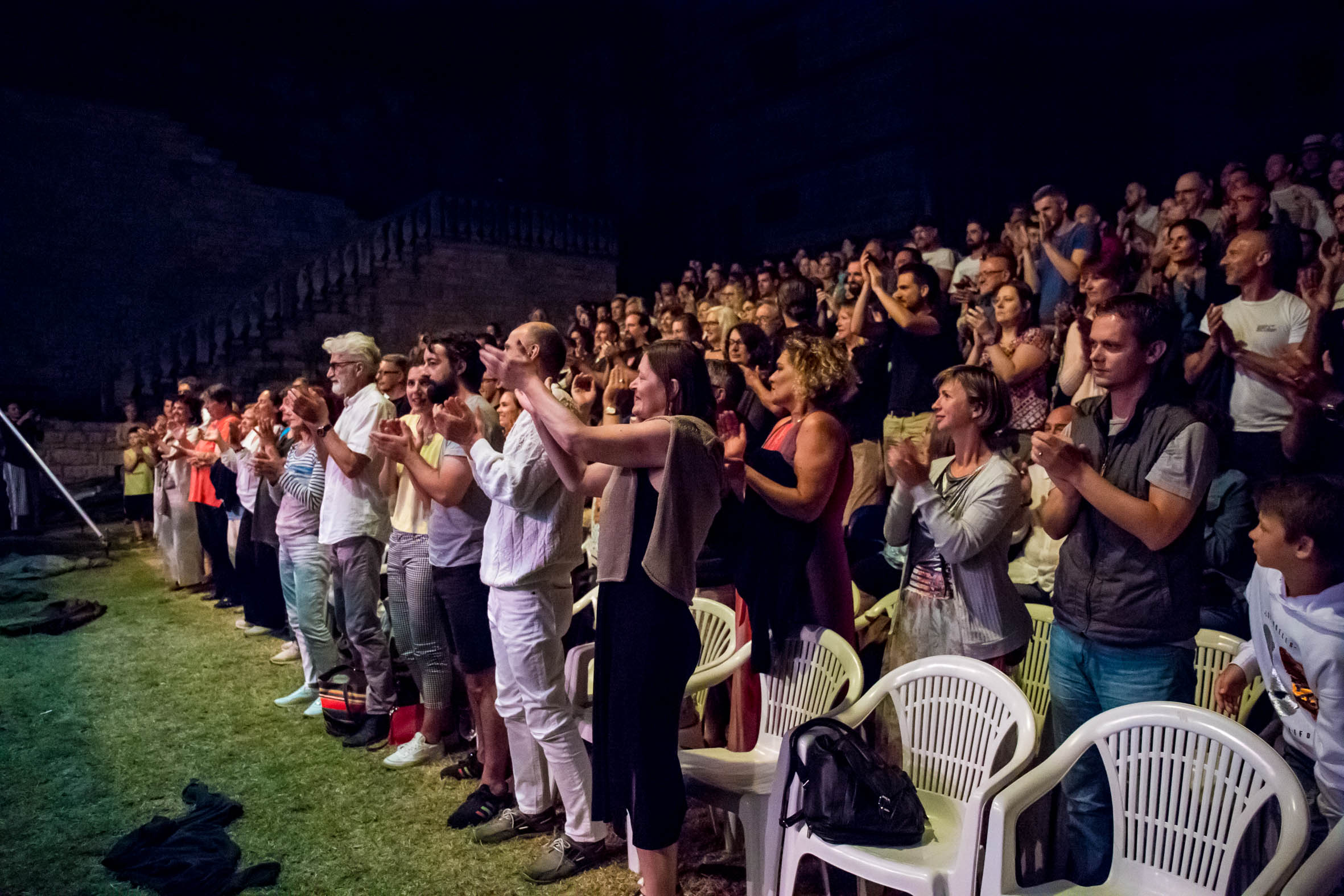
Audience at the festival (Photo Credits: Andi Bancic)
IP: What's the situation of contemporary dance in Croatia today?
Contemporary dance in Croatia has been an integral part of contemporary theatre for a long time, and it has greatly influenced post-drama theatre. I belong to the generation that witnessed the development of contemporary dance first in ex-Yugoslavia, then in independent Croatia, and I can say that the process of professionalisation was by no means easy.
The Croatian dance scene is small and suffering from a chronic lack of structural support; it is extremely individualised and fragmented, and financed in the same way. It seems to me that the new generations, usually educated abroad, are immediately interested in production and choreographic work, and they want to take control of their careers as soon as they graduate. It's interesting to see how different their approach to work is and how they often do not want to be a part of a bigger whole or someone else’s aesthetics. More often than not, they do not have the patience for group work.
Audiences probably find it difficult to understand contemporary dance, because it's something they don’t get to see often; they find it abstract, without a story that can be easily followed and related to, but the festival has proved how many dance lovers there are and that the audience can be successfully developed through careful programming.
This article is written by Isabel Putinja, a freelance writer currently based in Croatia who has contributed articles and features on arts & culture, travel, and sustainability for several international publications, both print and on-line.
Similar content
24 Aug 2019
26 Mar 2020
posted on
02 Oct 2015


